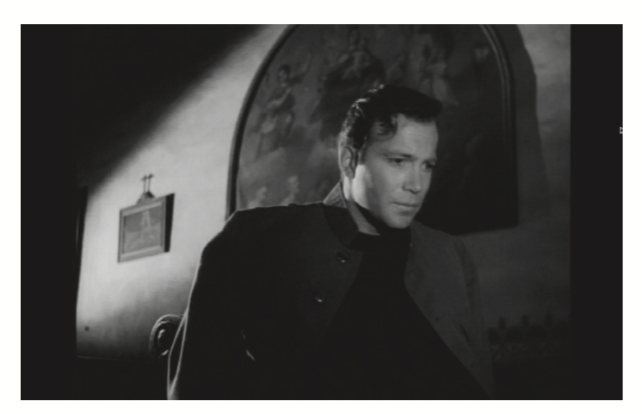In the Interests of Sanity and Clarity
American monolingualism is nowhere more insistent than at the movies. In Stanley Kubrick’s Spartacus (1960), Tony Curtis, playing Roman slave Antoninus, delivers his lines in Bronx-inflected English. Catherine the Great grew up speaking German, but, despite all her accomplishments, the Russian monarch, who wrote her memoirs in French, never spoke English, as Marlene Dietrich does portraying her in Josef von Sternberg’s The Scarlet Empress (1934). Hollywood westerns regularly compel Native American characters to stammer their thoughts in pidgin English, even when conversing among themselves.
On occasion, filmmakers acknowledge the linguistic suspension of disbelief required of movie audiences. In Delmer Daves’s Broken Arrow (1950), the narrator, Tom Jeffords (James Stewart), announces at the outset: “I was involved in the story and what I have to tell happened exactly as you’ll see it—the only change will be that when the Apaches speak, they will speak in our language.” The 1983 remake of To Be or Not to Be, the dark comedy of a Polish theater troupe trapped in wartime Warsaw, adopts a more mocking stance. The movie begins with actors Mel Brooks and Anne Bancroft exchanging angry words in Polish. Several minutes into the proceedings, a disembodied voice announces: “Ladies and gentlemen, in the interests of sanity and clarity, the rest of this movie will not be in Polish.” Brooks and Bancroft immediately resume their squabble, in English.
Obviously, the enormous costs of creating and marketing commercial feature films discourage linguistic variety. It is a safer investment to produce a script in English than in Czech, Nahuatl, or Zulu, in fact, than in any alternative to the world’s most popular second language. Cinematic imports in Chinese, French, German, Italian, Japanese, and Spanish are generally consigned to art-house ghettos, and even the most successful almost always fare better at the domestic box office when remade in English. (Coline Serreau’s 3 hommes et un couffin qualified as a foreign hit in the American market when it grossed $2,052,466 in 1985. However, Leonard Nimoy’s 1987 remake, 3 Men and a Baby, took in $167,780,960 domestically.)
Nevertheless, a small body of American feature films in languages other than English does exist. During the 1930s, the first decade of talking movies, more than sixty features were produced in the United States in Yiddish. Spanish-language productions of the era included El presidio (1930), El tenorio del harem (1931), ¿Cuándo te suicidas? (1932), Contra la corriente (1936), Alas sobre El Chaco (1935), El Día que me quieras (1935),...
You have reached your article limit
Sign up for a digital subscription and continue reading all new issues, plus our entire archives, for just $1.50/month.
Already a subscriber? Sign in





